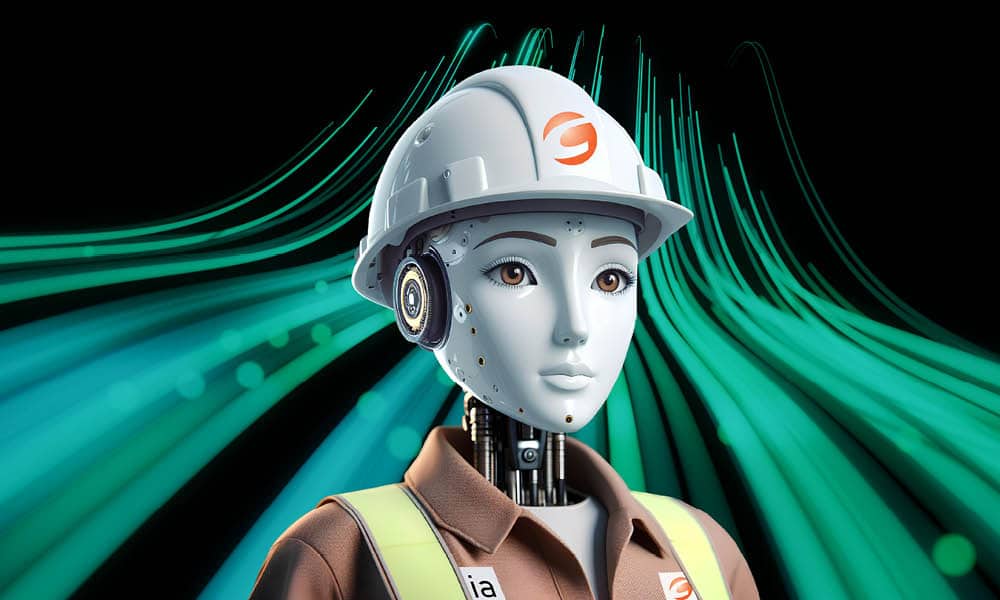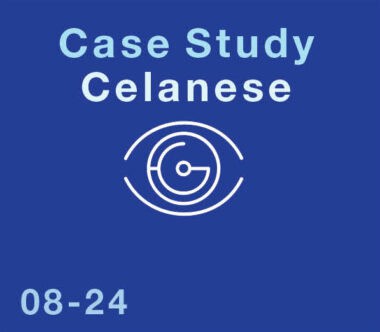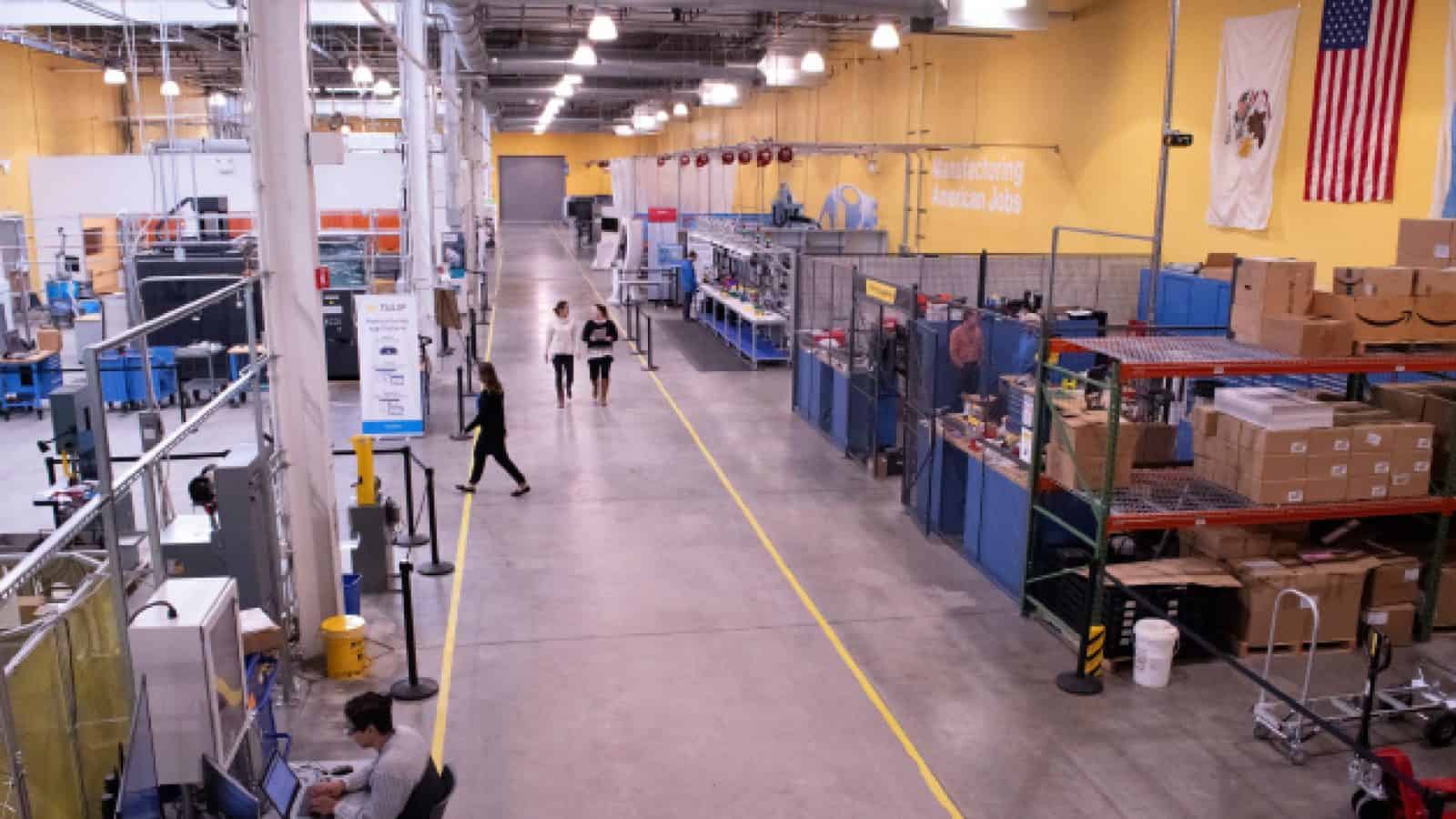Building a Generative AI-Powered Digital Twin

As part of its accelerated digitalization journey, Celanese has developed a generative AI chatbot to serve as a user-friendly interface to its Digital Twin.

TAKEAWAYS:
● Digital transformation requires getting the data into the hands of experts who will build, deploy, and scale hundreds of use cases.
● A generative AI chatbot can function as an everyday manufacturing assistant to support those use cases.
● Celanese’s digital platform and standardized knowledge graph, supported by its AI chatbot Celia, is already reaping returns in multiple areas, from troubleshooting and production performance to improved decision making.
Celanese is on a journey to transform its manufacturing processes into autonomous, integrated, and optimized digital plants — and at the heart of it is a user-friendly, generative AI-powered chatbot named Celia. Think of Celia as a copilot that can integrate into workflows and provide real-time suggestions, explanations, and feedback during industrial processes to users in easily understandable, native language. Celia retrieves that information it’s providing through its connection to the unified digital platform and its comprehensive knowledge graph.
Celia was put in place to provide a synergy between users and generative AI models that will enhance the quality and accuracy of results and foster faster, more informed decision making. Celanese believes its digital transformation is an ongoing journey to put data into the hands of experts who will build, deploy, and scale hundreds of use cases.
With the digital platform that Celanese is using and its ability to scale, the Celia copilot is designed to function as an everyday manufacturing assistant to the company’s manufacturing operations personnel by supporting use cases including incident management, real-time process plant optimization, automatic EIP isolations, connected worker, asset performance management, incident management, and real-time process optimization.
While the project is a work in progress, Celanese, a global manufacturer of special materials and chemical products used in most major industries and consumer applications, has realized real value … and it’s just getting started.
Project Evolution
Celia is the latest development in the company’s accelerated digitalization journey. The journey started with replicating each actual physical asset at its Clear Lake, Texas, manufacturing site in a pilot in May 2022. The digital twin foundation scale was then implemented at 30 sites in 2023. While this is a technological development, it has always been centered around designing solutions for real people that go beyond being just user-friendly interfaces to constituting repeatable processes that leverage design principles and human insights to address future opportunities.
The digital twin implementation alone was a leap forward in troubleshooting, collaboration, historical data tracking and trending, and improved compliance, among other benefits.
“Think of Celia as a copilot that can seamlessly integrate into workflows and provide real-time suggestions, explanations, and feedback.”
Keeping with that human-centric focus, Celia was launched in the fall of 2023 to drive value, insights, and further enhancements to production, processes, and people engagement. Celia’s detailed industrial knowledge graph spans more than 30 manufacturing sites and integrates operational, engineering, and process data to provide a complete digital representation it can use to understand and optimize operations.
With the rollout of Celia across many of its manufacturing sites, Celanese has already successfully improved visibility, collaboration, provided instantaneous insights on troubleshooting and production performance, provided results of forecasts/predictions alongside AI/ML, improved decision making, and reduced time spent on data discovery and analysis.
Transforming Workflows, Reducing Downtimes
In less than a year since launch, Celia has equipped employees with contextualized information at their fingertips. For example, the AI chatbot has leveraged the knowledge graph to transform workflows for operators by enabling tasks such as operator rounds being executed more efficiently. Celia has also provided troubleshooting insights that connect maintenance notifications and work orders, maintenance instructions, operator manuals and standard operating procedures that help advise operators and maintenance staff with recommended actions to take.
Celia has also eliminated energy accounting and billing errors by generating real-time insights into internal operational factors, as well as integrating to external energy prices. Compliance and audits have benefitted from Celia comparing site policies and procedures to corporate policy procedures and generating gap closure actions in just minutes (compared to what previously took days), rather than the time and effort it took to manually do these comparisons to support gap assessments and develop action plans.
“Celia has already provided employees with contextualized information at their fingertips.”
Catalyst inventory management is also reaping benefits with Celia. The AI chatbot now can digitally track, estimate, and inspect the company’s precious metal inventory across manufacturing sites, including incoming and outgoing shipments between the warehouse, vendors, and operating units. Digitally accounting for the inventory enables Celanese to continuously update its estimates of price, amounts and quality — and helps to reduce total amount of inventory.
Lastly, troubleshooting is more efficient with Celia. Celanese has successfully used it to optimize performance at one of its largest facilities by providing anomalies in real-time price forecasting and insights that enabled the company to make decisions on managing downtime that resulted in cost avoidance.
Innovating for the Future
Many tactical approaches focus too much on the discrete business solutions at hand instead of strategically architecting to solve current challenges, while also unlocking subsequent business solutions. Celanese wanted to shift to a platform architecture that would enable an open solution development acceleration model, allowing the company to leverage AI/ML and generative AI at scale to drive value.
The opportunities for future uses of generative AI to create repeatable, optimized, and autonomous digital solutions continue to be explored by Celanese for its chemical and specialty materials manufacturing facilities globally. M
COMPANY FACT FILE
Name: Celanese Corporation
Sector: Specialty materials and chemical products
Global HQ location: Irving, Texas
Revenues: 2023 net sales of $10.9 billion
Employees: 12,400
Web url: http://www.celanese.com
About the authors:

Sue Pelletier is a contributing editor with the Manufacturing Leadership Journal.
